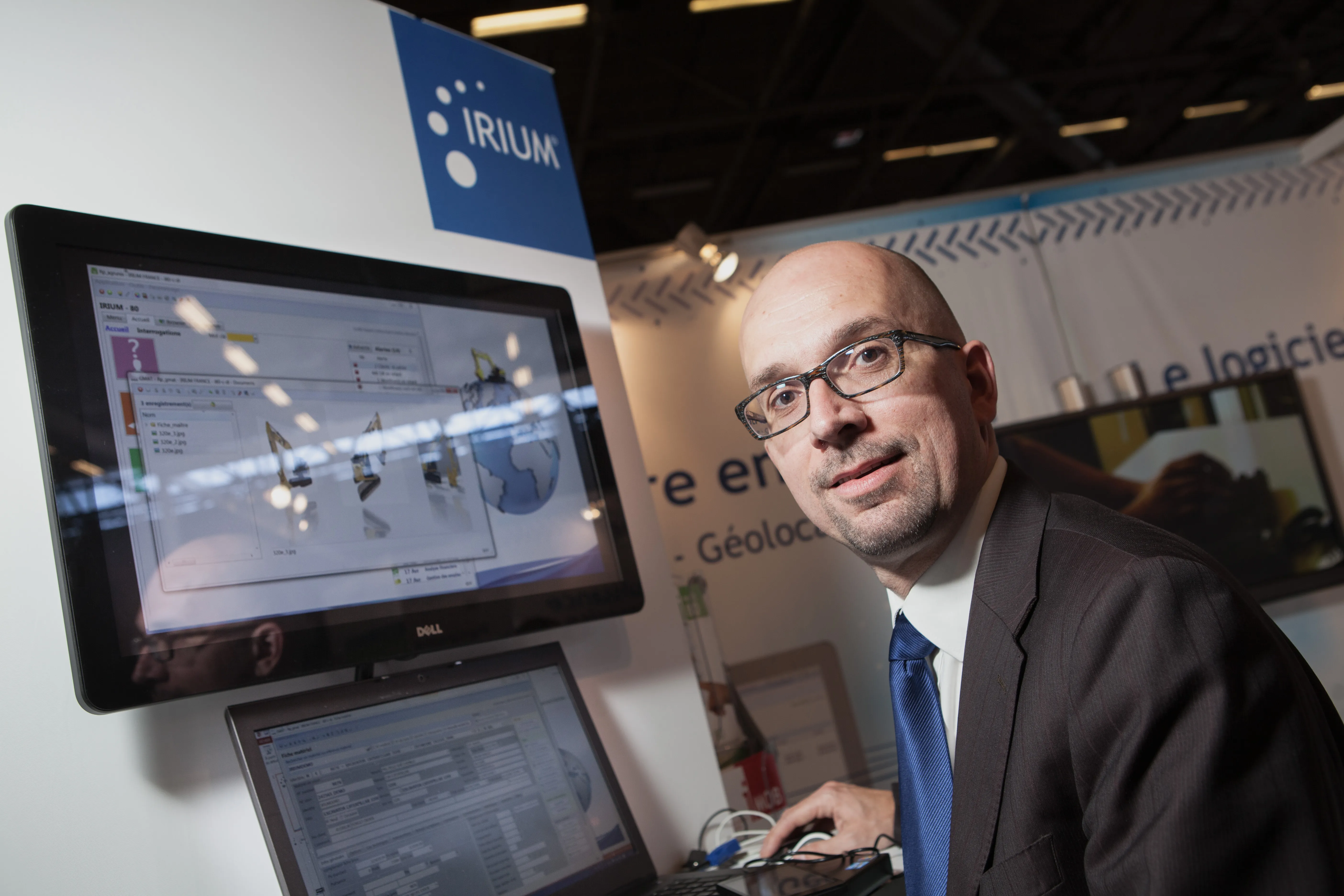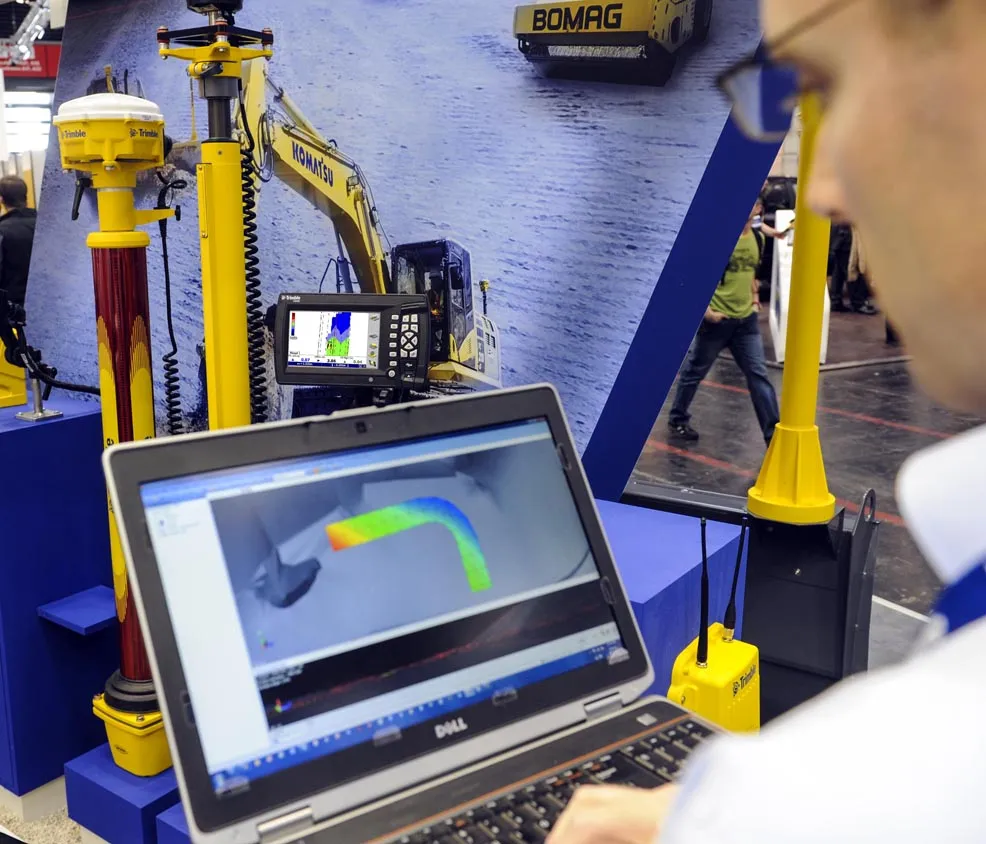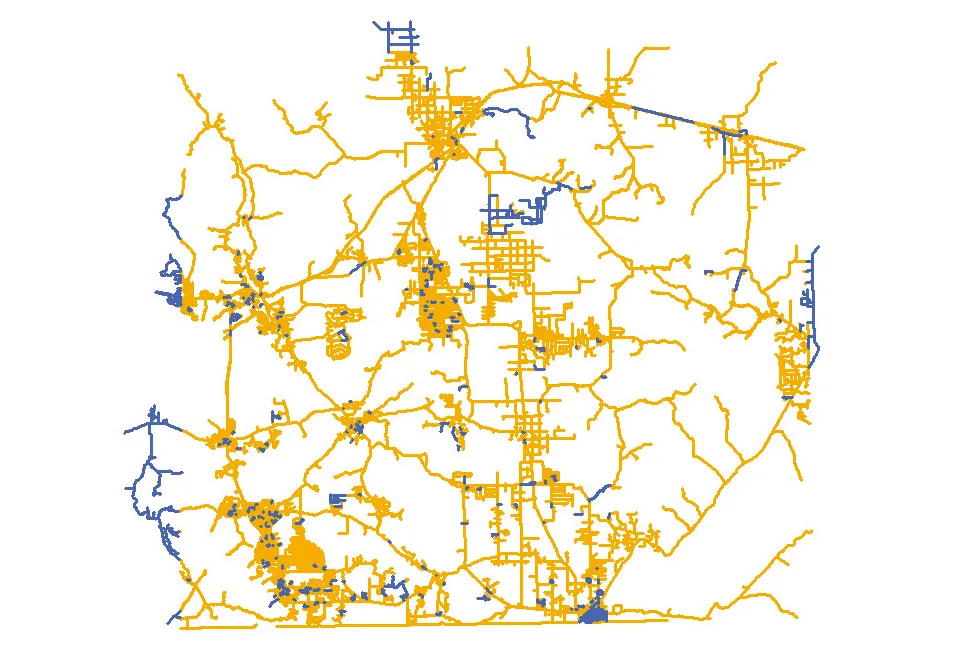
The iMOB Service enables field technicians to access the IRIUM software via smartphones or tablets to get information while they are on site and to upload information back to the office. Mechanics and other technicians can receive data about jobs and parts and also record and submit further requests and orders from clients. A geolocation function allows a dealer to identify the nearest technician to a problem site and instantly send instructions to find the site and the nature of the problem. The iReporting module enables users to pull information from the IRIUM system directly into an Excel spreadsheet for calculation, analysis and reporting. The module allows users to create dashboards to better visualise performance and other information – a facility that is particularly useful during difficult economic periods, says Crouzevialle.
Other modules planned for release are a workflow module to automate and improve administrative efficiency, and a financial data exchange module for France and Germany that uses the EBICS data exchange format. “Web, mobility, information visibility and administrative efficiency will continue to be the main themes of our software development,” says Crouzevialle.








